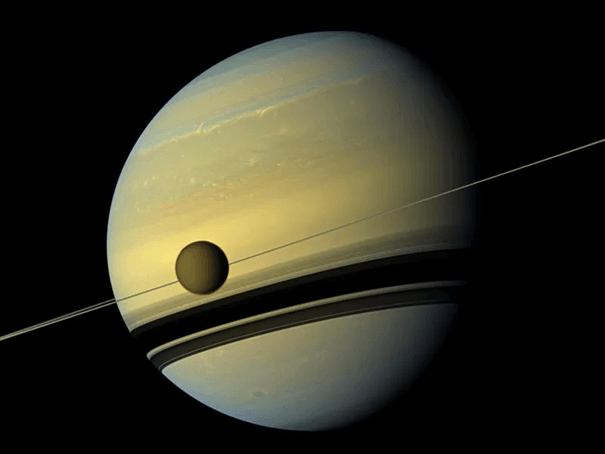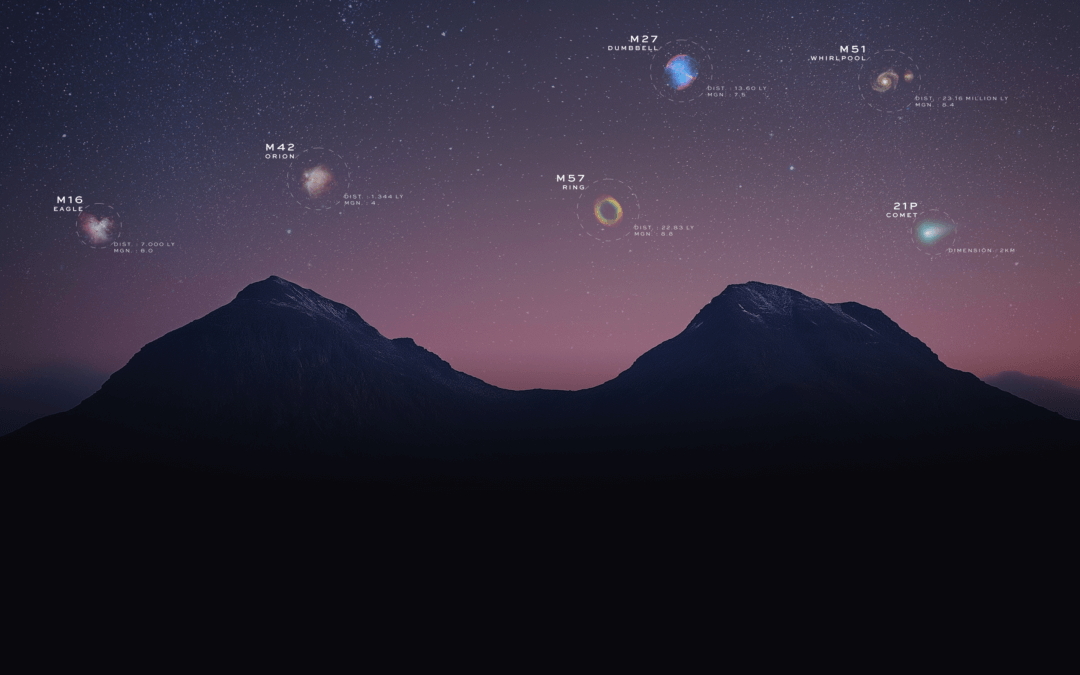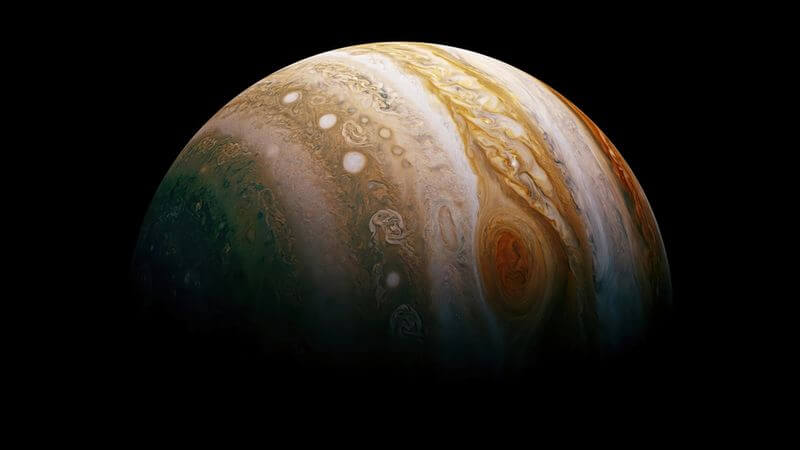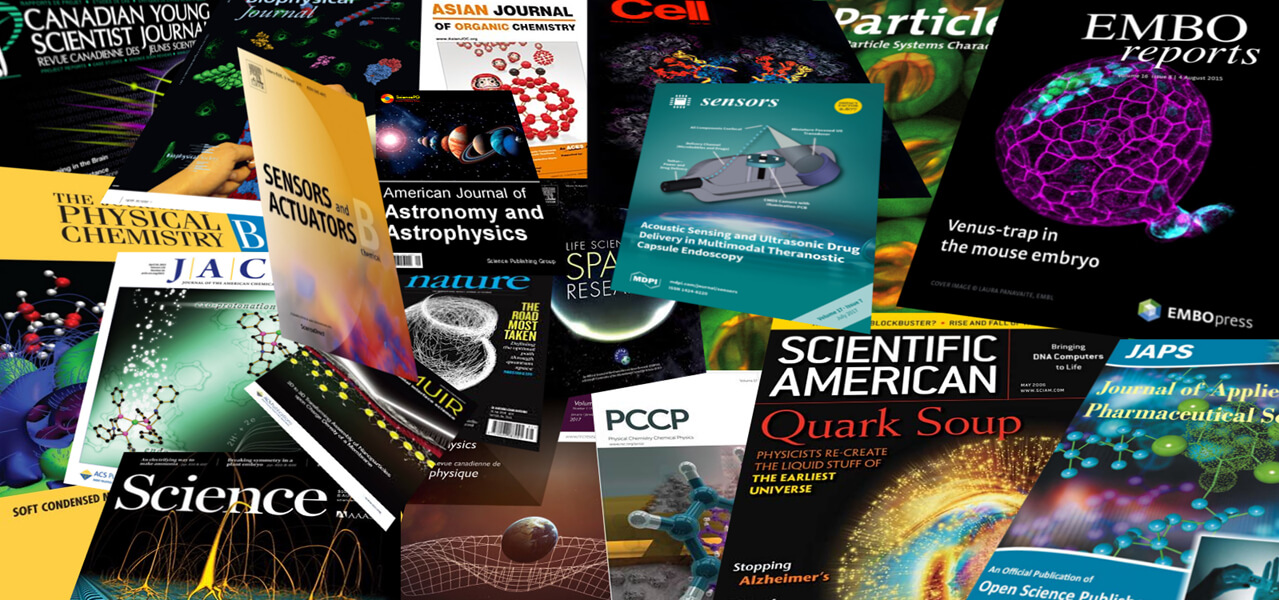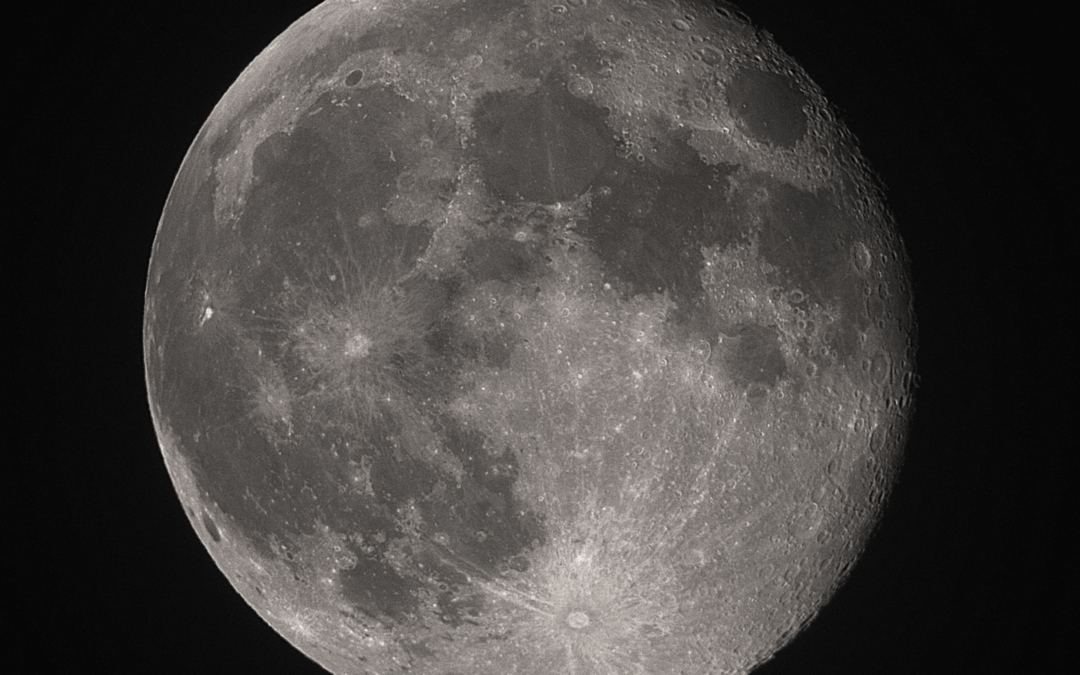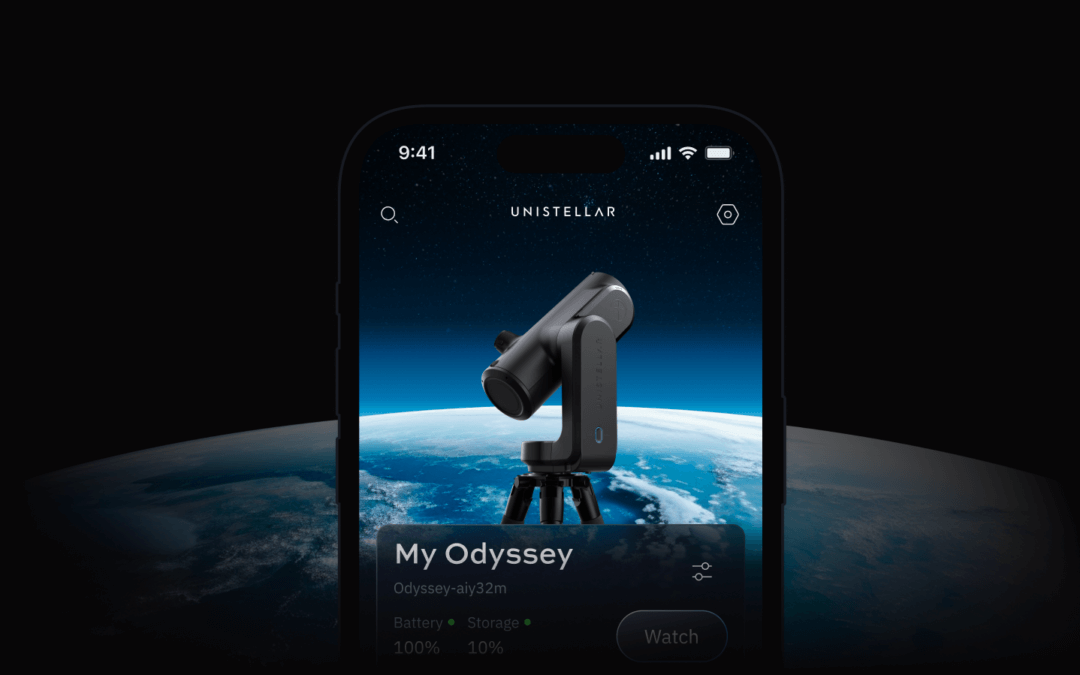On September 26, 2022, a NASA spacecraft will crash into an asteroid. It’s no accident: Scientists are testing out a method of planetary defense that could one day save Earth from a deadly impact.
The Double Asteroid Redirection Test (DART) mission launched in November of 2021 aboard a SpaceX Falcon 9 rocket. Its target: Dimorphos, the moon of the asteroid Didymos. Thankfully, Didymos and Dimorphos aren’t actually on a crash-course with the Earth, but their location nearby (astronomically speaking) at about 11 million kilometers (6.7 million miles) from Earth, made them a prime candidate for the experiment.
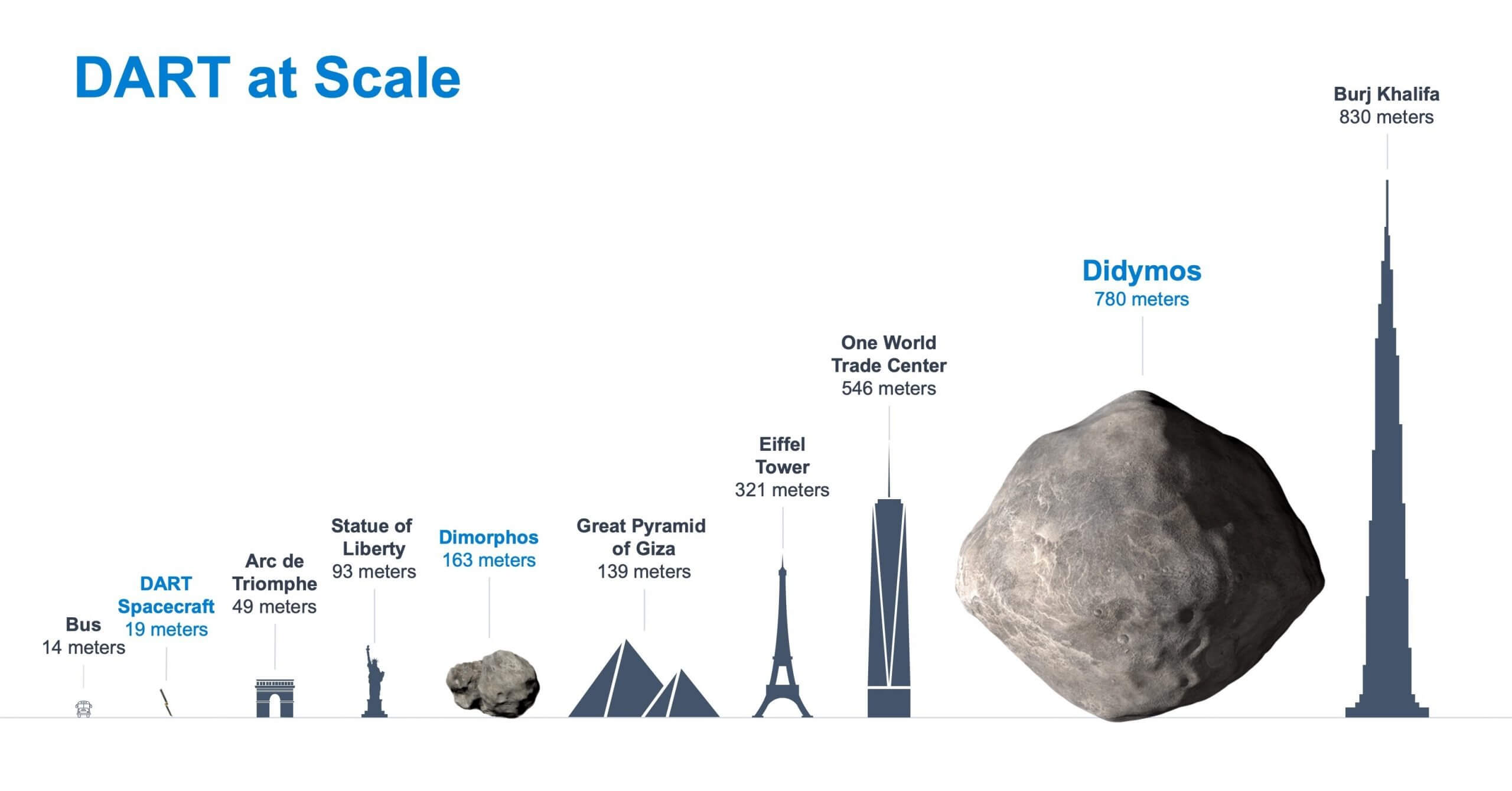
Credit: NASA / JHU APL
The goal isn’t to obliterate the asteroid, but rather to fly the space probe into the object with enough speed, over 6 km (3.7 miles) per second, to nudge it off its current trajectory. Just a small push could be enough to divert a potentially hazardous asteroid and save planet Earth.
The best part? You can observe the impact with your Unistellar telescope! DART’s impact is scheduled for September 26, 2022, at 7:14 p.m. EDT (01:14 a.m. CET September, 27) and will be visible from parts of Africa, South Asia, Southeast Asia, and the Middle East. It’s an incredible Citizen Astronomy opportunity to take observations before, during and after the special event — plus you’ll be witnessing humanity’s first-ever attempt to redirect an asteroid.
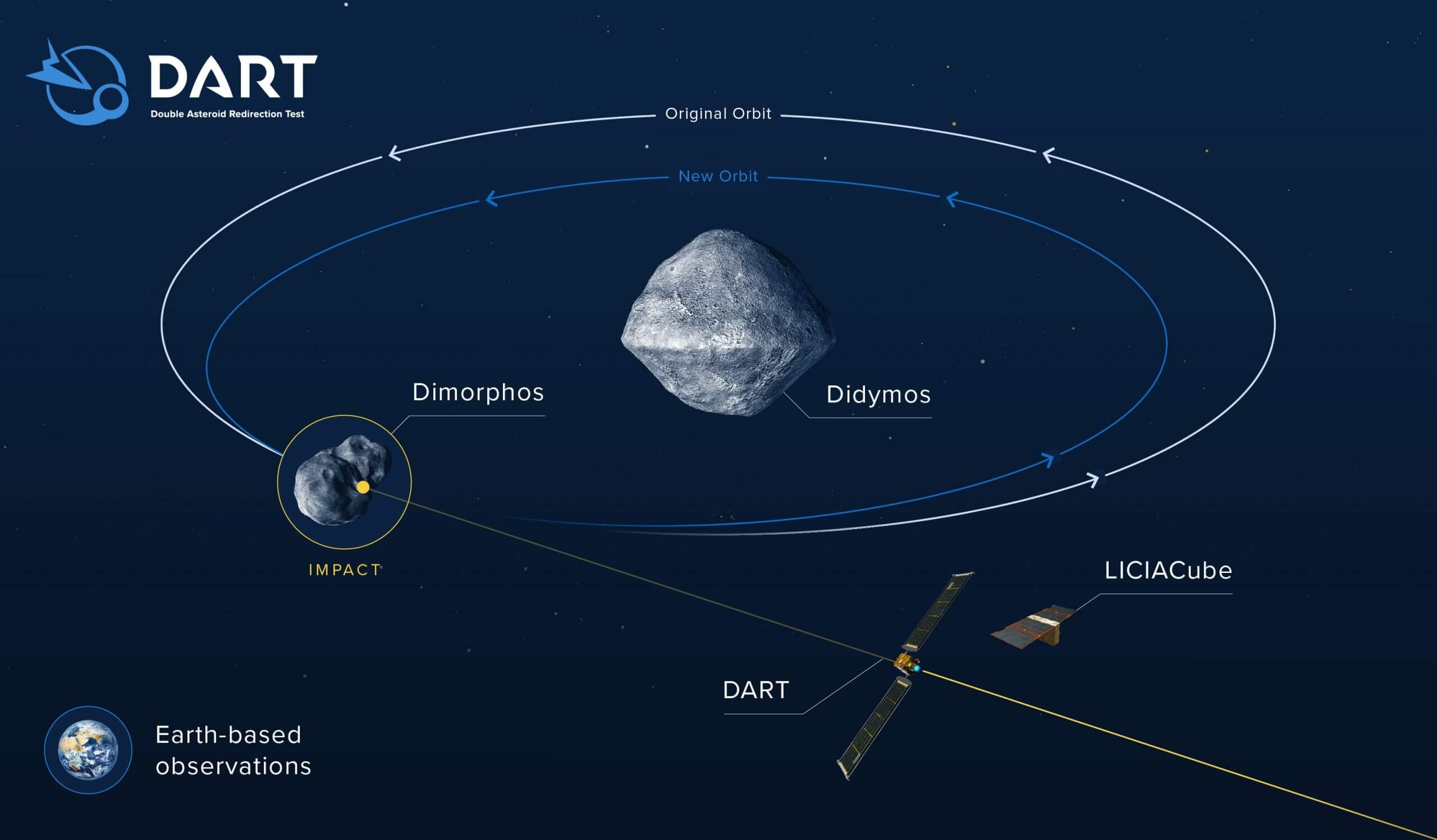
Credit: NASA / JHU APL.
NASA’s DART mission will provide planetary defense scientists important information about how we might deflect a Near-Earth Object that’s threatening Earth in the future. Don’t miss it!
Further readings
Titan’s shadows
Every month, discover three unmissable celestial events to observe with your Unistellar telescope.
3 Reasons to observe this month
Every month, discover three unmissable celestial events to observe with your Unistellar telescope.
Observing Eclipses on Jupiter: Cosmic Spectacles Through a Telescope
The latest Unistellar App Update, version V3.0, is now live. Explore a smooth stargazing experience !
Unistellar Community Included In Multiple Scientific Papers
Did you know Unistellar Citizen Astronomers are often cited in published scientific papers? Find out how you can contribute too!
What Are the Names of All the Full Moons in 2024?
Discover the enchanting names of the full moons in 2024. Delve into the unique character of each lunar spectacle and embrace the allure of the night sky.
New Unistellar App Update: Version 3.0
The latest Unistellar App Update, version V3.0, is now live. Explore a smooth stargazing experience !

